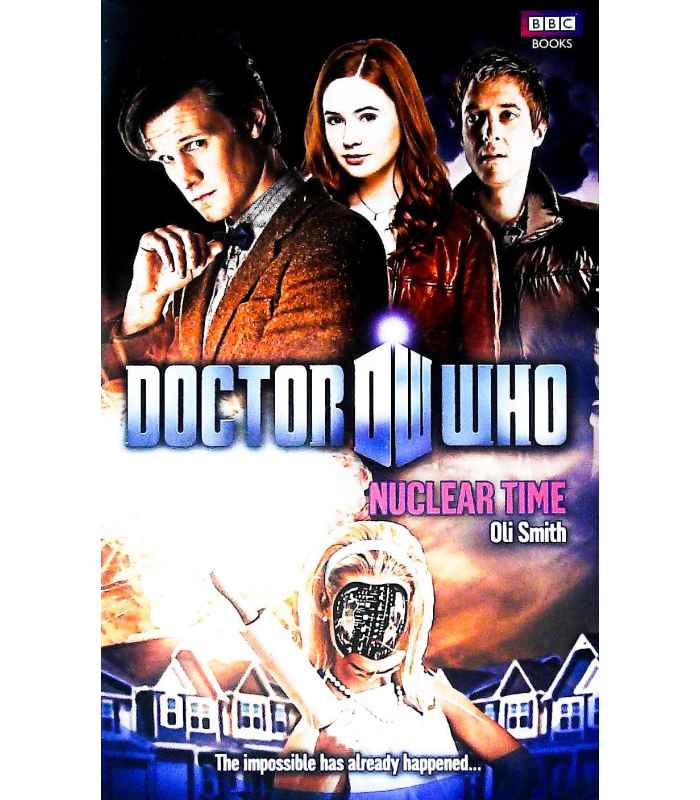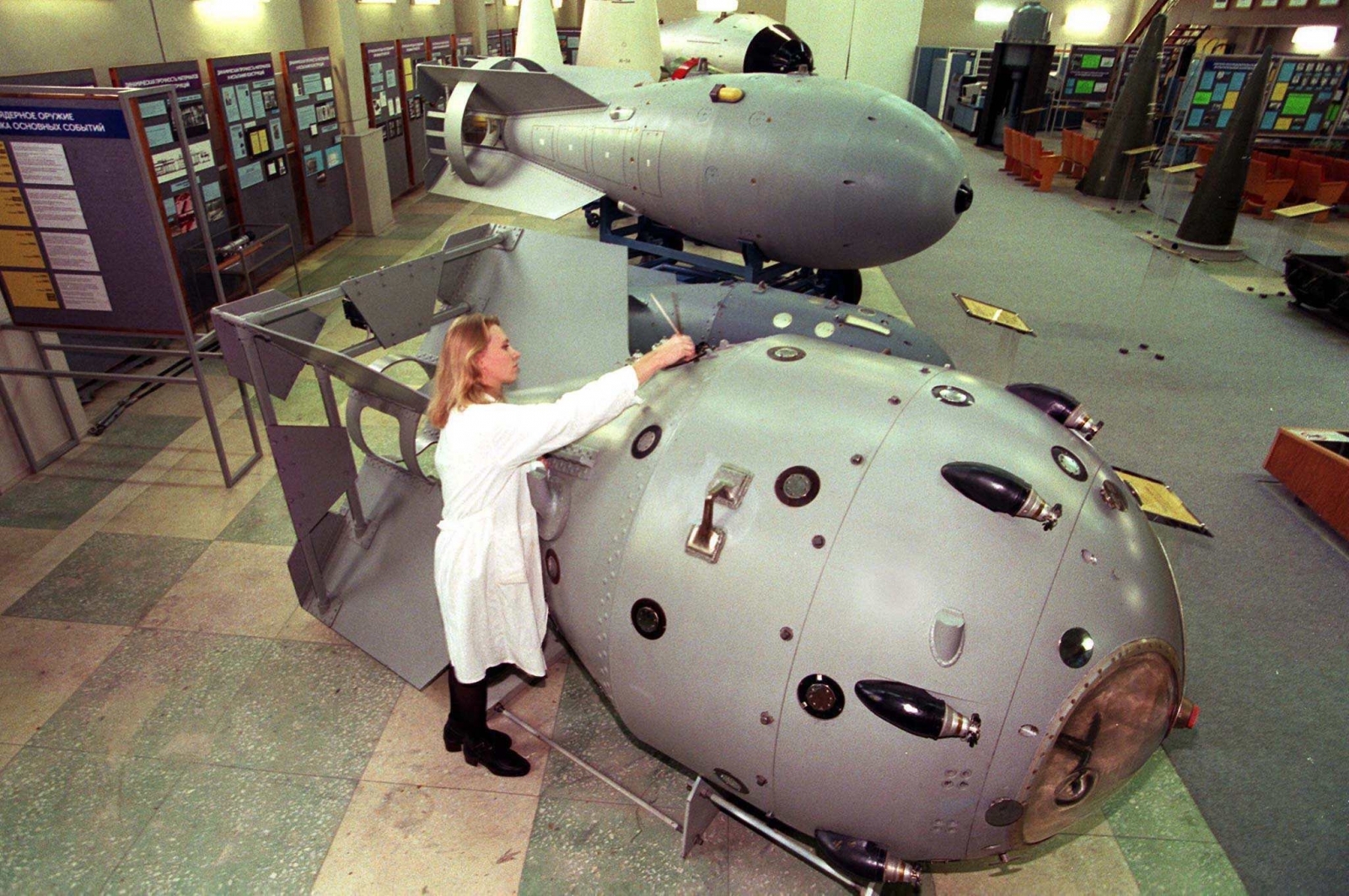
He invites him to come and spend New Years with him, but George declines, saying he'd rather spend New Years alone. Filby can think of all that the machine could do, and implores George to destroy it because the technology is so dangerous. Filby initially thinks that George intends to travel to the past, but George says he prefers the future. George tells him he is preoccupied with time because he is unhappy with the time he lives in, with its constant wars and strife. Filby tells him that he was still worried that George had been behaving oddly and had changed a lot. George returns inside and discovers that one of his friends, David Filby, is still there.

Still pondering what has been demonstrated, George's friends leave the house, wishing him a happy new century. The Boer War is going badly and the War Office might need some help. His friends are concerned, wondering if George's inventing skills might be better put to use advancing the interests of his home country, Great Britain. While George's friends are discussing what they have witnessed, George expounds on his theories and states his intention to take a time trip himself. The machine was still in exactly the same space on the table, but could be far in the future when the table upon which it stood or even the entire house might not exist any more. George's friends look around for the machine, at first thinking that he had performed a conjuring trick and the machine was simply somewhere else now, but George insists that it had not moved in space, but in time. It is gone into the future, never to return. The disk on the back starts to rotate, and in a few seconds, the machine fades and vanishes from sight. George borrows a cigar from one of his friends, and bends it and puts it in the little model's seat to represent the man who is time traveling, then, using one of his friends' fingers, pushes the switch forward. His friends think he might be a little nutty when he tells them how it can move not through space, but through time. He opens a box on the table to reveal a machine, which he can hold comfortably in his hands, consisting of a seat, a control panel with a switch in front, and a rotating disk in back, surrounded by a brass railing. He asks them to witness a demonstration of a small scale model. His friends remain skeptical of his claim. He had spent two years working on a device to do so. On that evening, George had told them about his experiments, how it was easy to move through the three spatial dimensions, but man had yet to figure out a way to travel through the fourth dimension, time. It begins five days earlier, on the night of December 31, 1899, when George and his four friends had been together in the same house, in the parlor that the men had left minutes earlier. He begins to tell the story of what happened to him. Watchett, are concerned for his welfare, but he insists that he is OK, and he has "all the time in the world". The door opens just then and George is there, looking very dishevelled, with noticeable cuts and bruises and torn clothes. They enter the dining room and sit down with their drinks, still complaining about George's absence. The note says that George thought he might be late, and if he was, then she should serve dinner and they could start without him.

She tells them that George has been missing for several days. Watchett, George's maid, enters the room and passes Filby a note. A moment after 8, the woman, whose name is Mrs. The men are clearly unhappy about being kept waiting. He asked them to come over at 8:00 p.m., and it's just now 8, but George himself has yet to arrive.

The man's name is David Filby, and he and the three other men have been invited to dinner by George, who owns the house.

There he joins three other men who are sitting around the fire. He knocks on the door of a house there, and a woman in late middle age lets him in. It's wintertime, and the man pulls his coat around himself and hurries across the street.
#Nuclear time machine movie
The movie opens with a man walking down the street having just left a building in late-Victorian era London.


 0 kommentar(er)
0 kommentar(er)
